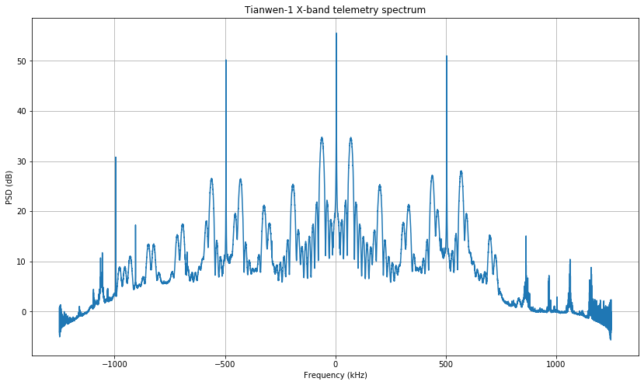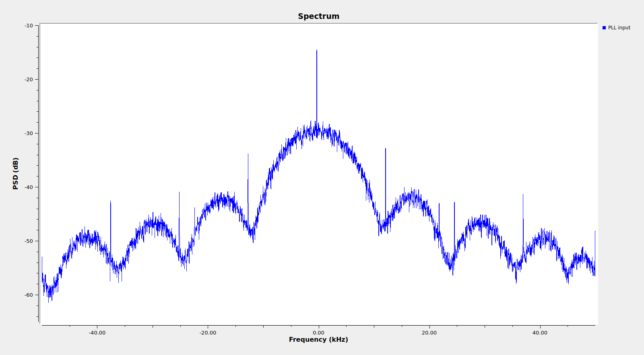If you follow me on Twitter you’ll probably have seem that lately I’m quite busy with the Chang’e 5 mission, doing observations with Allen Telescope Array as part of the GNU Radio activities there and also following what other people such as Scott Tilley VE7TIL, Paul Marsh M0EYT, r00t.cz, Edgar Kaiser DF2MZ, USA Satcom, and even AMSAT-DL at Bochum are doing with their own observations. I have now a considerable backlog of posts to write, recordings to share and data to process. Hopefully I’ll be able to keep a steady stream of information coming out.
In this post I study the observation I did with Allen Telescope Array last Sunday 2019-11-29. During the observation, I was tweeting live the most interesting events. The observation is approximately 3 hours long and contains the LOI-2 (lunar orbit injection) manoeuvre near its end. LOI-2 was a burn that circularized the elliptical lunar orbit into an orbit with a height of approximately 207km over the lunar surface.

